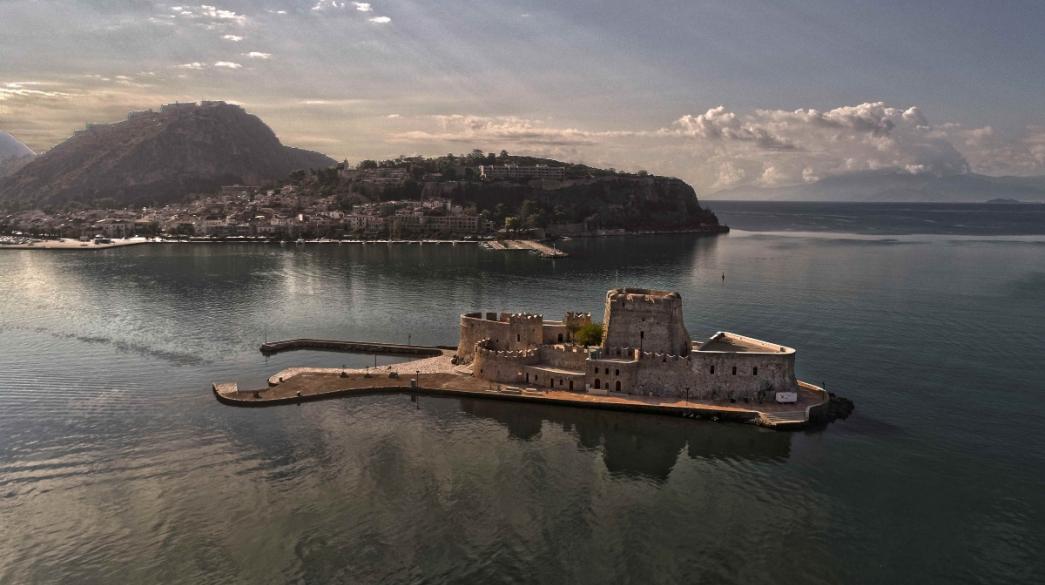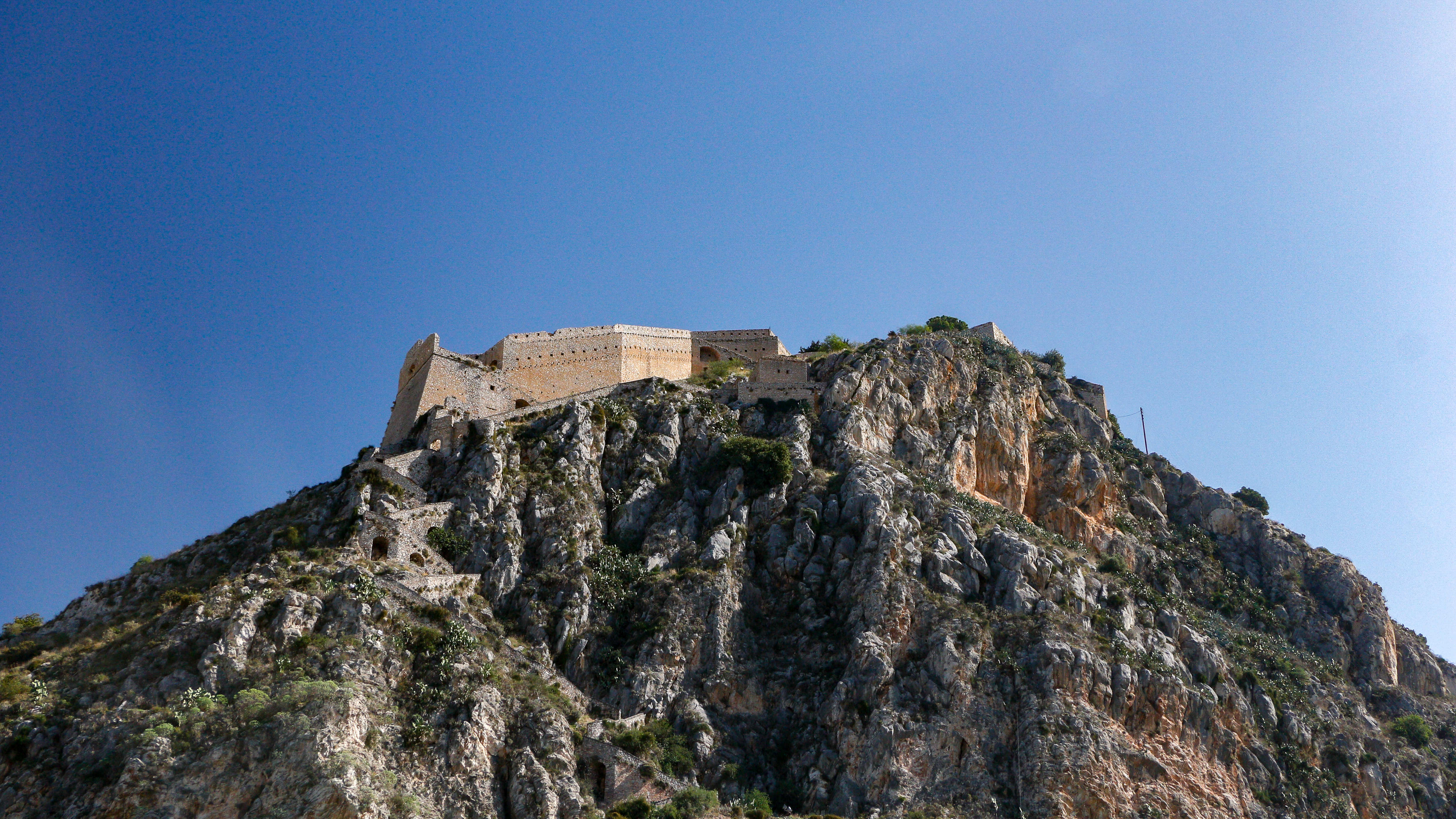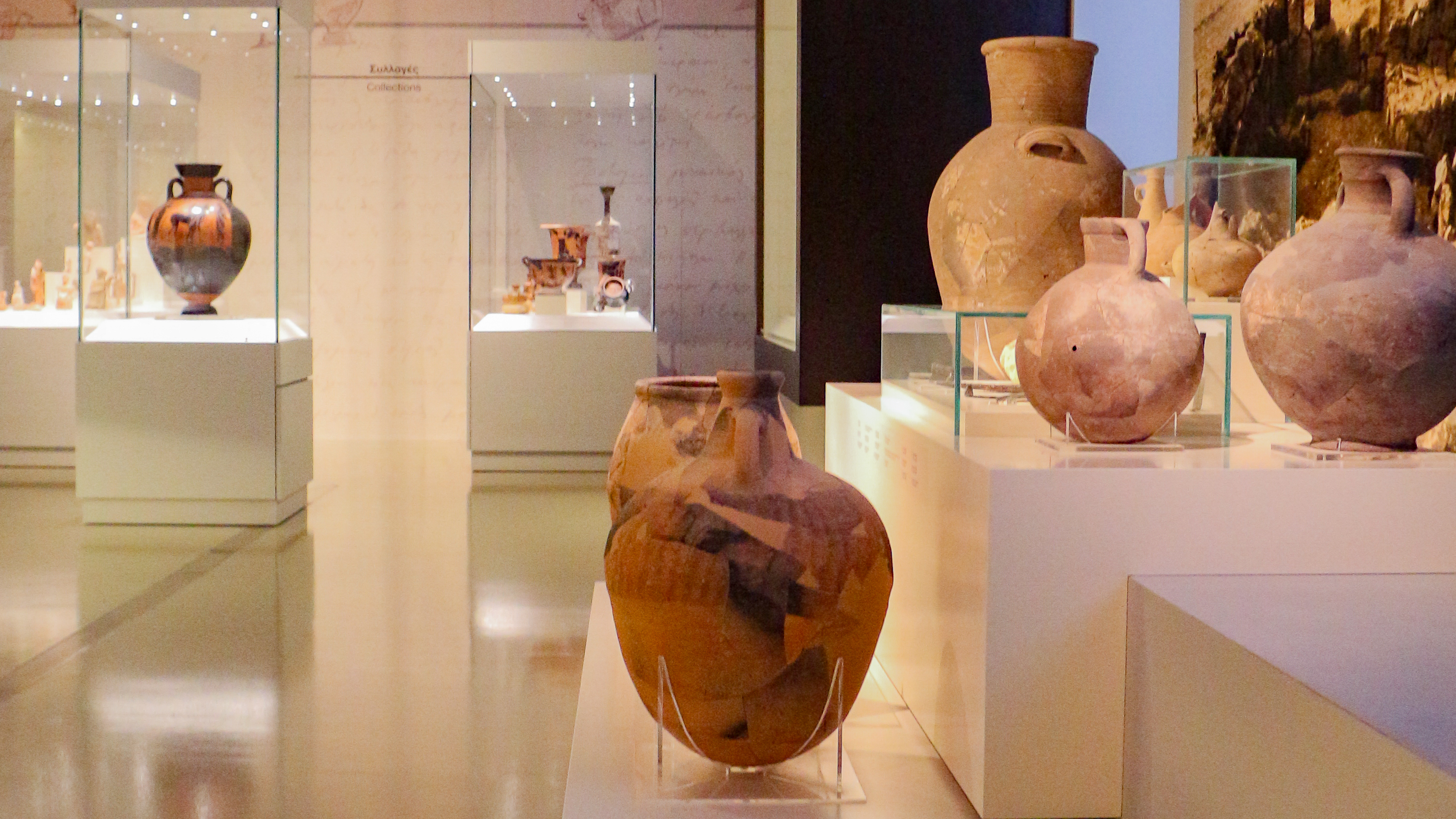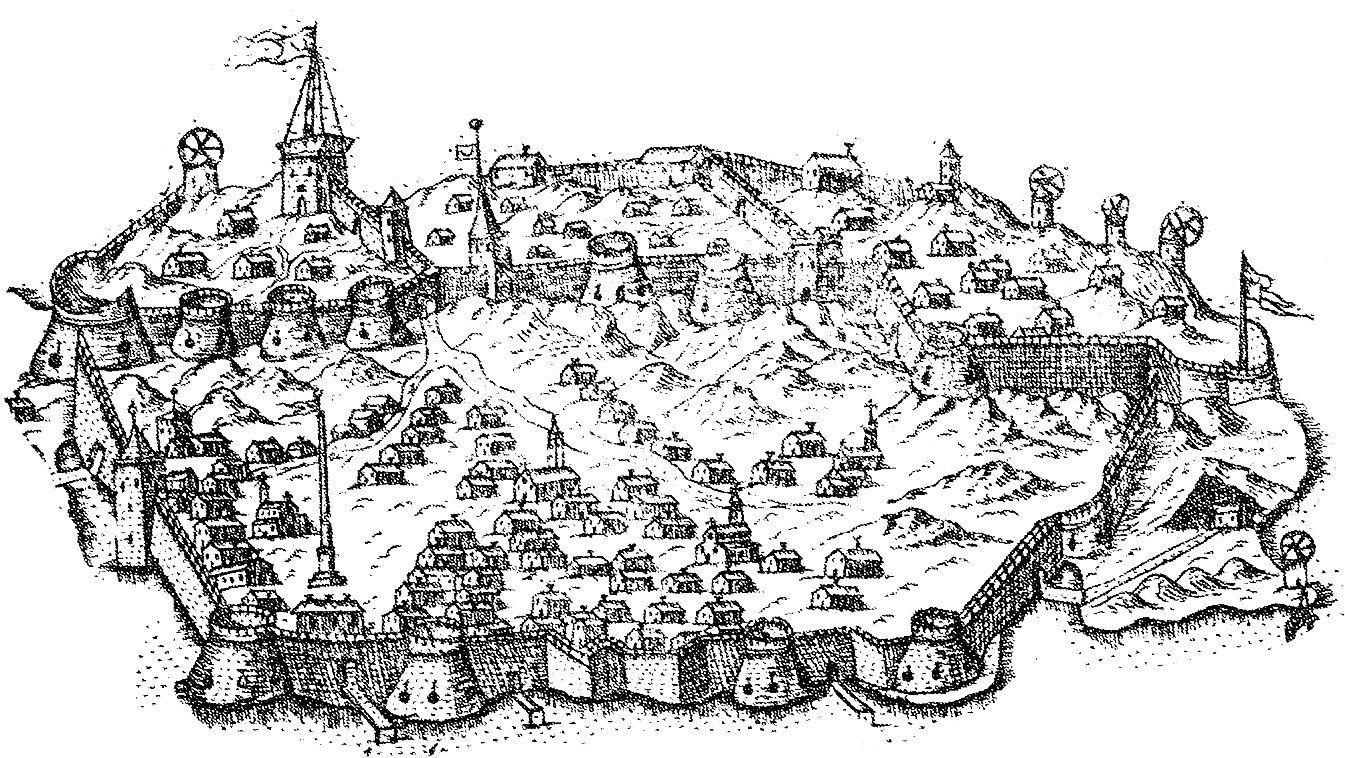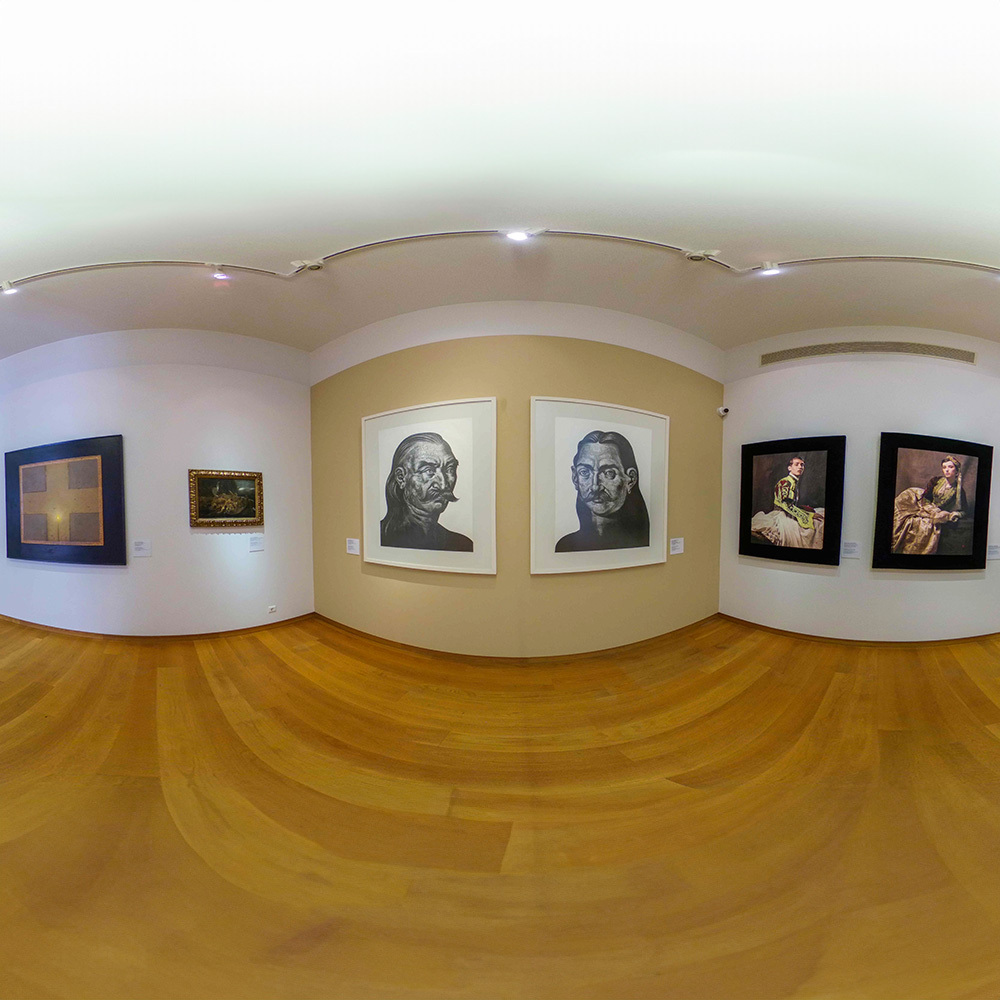The project
Content and applications
The project ‘Digital tour and Virtual stroll through the streets of Nafplio History during the 19th century’ is made possible by the funding from the Ministry of the Interior in the context of the ‘ANTONIS TRITSIS’ programme. As part of the project, virtual tour applications have been developed using augmented reality (AR) technologies, as well as three-dimensional (3D) representations of monuments and sculptures. The aim of the project is the emergence of enhanced and enriched historical and cultural aspects of emblematic monuments, archaeological sites, and public and cultural spaces of the city of Nafplio, in which the glamour of the city's historical past is encapsulated, with an emphasis on the period of the Greek Revolution of 1821 and the post-revolutionary period.
Historical & Cultural Destinations
Palamidi
Museum
Selected points of interest connected with the rich history of the city of Nafplio are depicted on a cartographic background. Historical monuments, public buildings, museums, churches, fortified structures and castles, landmarks and other attractions are geographically displayed, and invite visitors to discover them in an interactive way, through the application's destination search subsystem.
3D Sculpture Gallery
The 3D Sculpture Gallery includes pieces of outdoor sculpture which adorn the public spaces in the city of Nafplio. These sculptures represent key figures connected with the Greek Revolution of 1821 and with the Liberation of Greece during the 19th century.
Statues, busts, monuments, and votive steles have been digitalized in three dimensions, and are available for cultural, educational, and research purposes to the wider and specialized audience as well as to members of the general public. Photogrammetry was used for digitalization, and specialized software and equipment was used to ensure the precise and realistic representation of the actual objects.
Their digital display aims, on the one hand, to reconstruct through their materiality the heroic symbols and standards that defined the national identity of the newly-established Greek state, while on the other hand, to illuminate the historical moments of their creation, the historical events that are narrated, the stories of the persons honoured, and the aesthetic and artistic characteristics of the sculptures and their creators. In this way, the projected outdoor sculpture monuments of Nafplio are symbols and witnesses of the city's historical and cultural journey.
3D Virtual Tours
Ηistorical timeline
The Municipality of Nafplion possesses a significant cultural reserve, which constitutes a part not only of the local history but also of the broader recent and contemporary history of the country.
According to mythology, the city was named after the founder of Nafplio, the son of Poseidon and Amymone. The first signs of life, which can be traced to the prehistoric period, have been discovered in different parts of the city, such as Akronafplia Castle, Palamidi Hill, in the area of the Evangelistria Church, in Koutsouria, and in Karathona. The remains of an organized community, dated to the end of the 4th century BC, was found at Akronafplia Castle; the first phase of its walls has been dated to the same time.
During the Byzantine period, the main area of settlement was in Akronafplia, both in the castle and on its north slope, in the area of Psaromachala. Significant ruins from this period at Akronafplia Castle are those of a church, which was probably dedicated to Agioi Theodoroi; only the foundation and the lower section of its wall survives today.
After the conquest of Argolida by the Crusaders, in 1212 the area was ceded as a fiefdom to Othon de la Roche, the Great Lord of Athens, who annexed it to the Duchy of Athens. The Franks used a transverse wall to divide Akronafplia Castle into two sections: the so-called Castle of the Franks (Castello dei Franchi), which was used to house French officers, and the Romeiko Castle (Castello dei Greci), which was allotted to the Greeks.
In December 1388, Maria d’Enghien, the Countess of Lecce and the last representative of Frankish rule, ceded Argolida to the Venetians. The Venetians, well aware of the strategic location of the city, began the expansion of the north side of Akronafplia Castle, which today is known as the historical centre. Other important works during this period were the expansion of the east corner of Akronafplia Castle, with the creation of the so-called Castle of Toron, and with the fortification of the islet at the entrance to the port of the city, known with its Turkish name, Bourtzi.



.svg.png)




